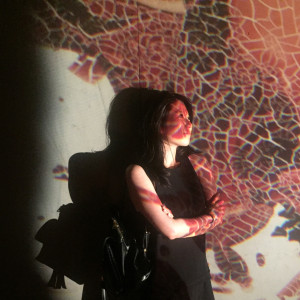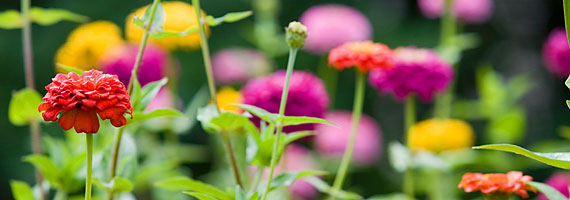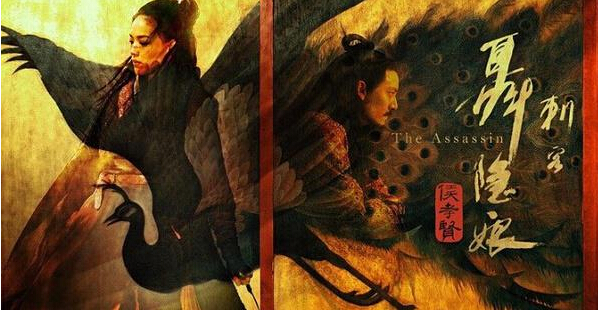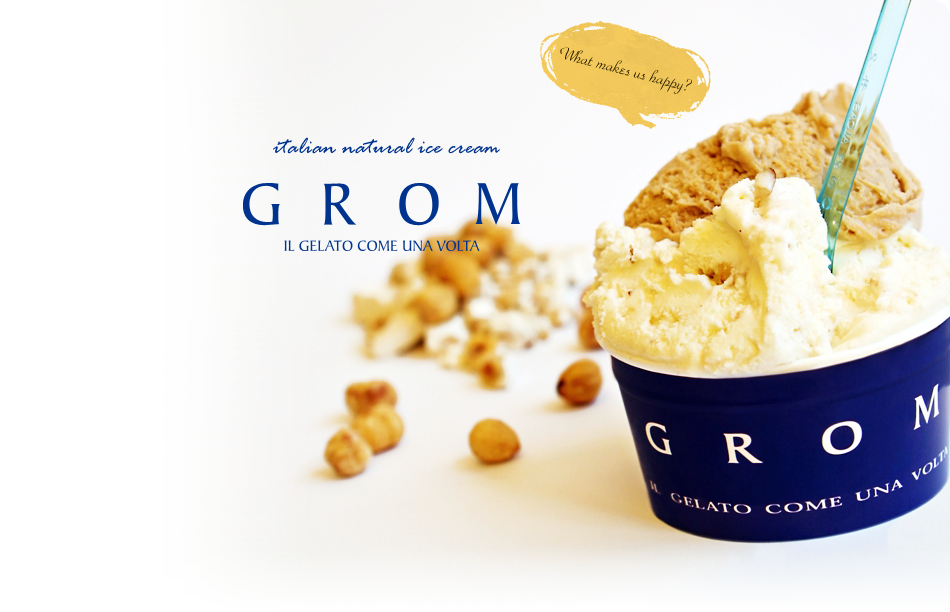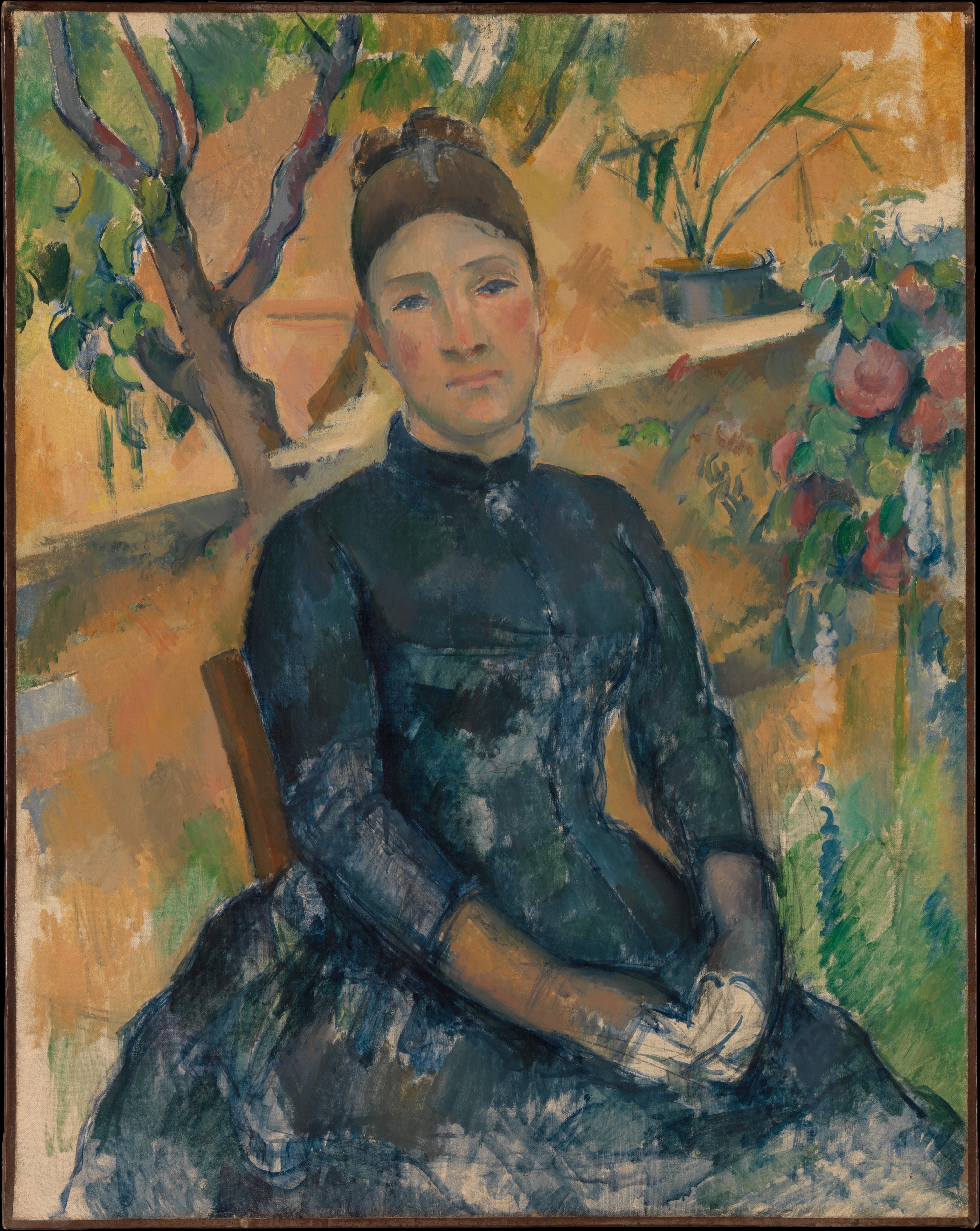There was one dancer onstage, and from this single dancer stemmed the street of Bangladesh.
The voice-over informed you that the young man, although of Bangladeshi descent, identified himself with his birthplace, London. He was a boy when he first visited his father’s homeland. The cacophonous sound of the street traffic enveloped the dancer: cars honking, tires screeching, pedestrians chattering. He reached his arms first to the left then to the right as if pulled by an invisible force, his eyes looked alarmingly in the directions paralleling his limbs; the audience tasted his disorientation.
There was one dancer, but somehow his presence felt larger. Dancer arrived as a boy, then he morphed into a driver. The driver got into a car accident and Dancer turned back into a boy, Then, Dancer transformed into a crippled beggar, then a boy, then a man pulling a rickshaw, then a boy, then a woman carrying a basket on her head, then a boy…
Blending a mix of dance, text, visuals and sound, dancer/choreographer Akram Khan took a breathtakingly beautiful approach to storytelling using modern dance.
Taking elements from his personal life, Khan gave birth to Chotto Desh, meaning “small homeland”; it is a growing-up story of a young man grappling with his cross-cultural background. Profoundly moving, innovative and magnificent, Kahn moved seamlessly among realms of Bangladesh and England, past vs. present, imagination vs. reality, and tangible vs. visceral.

